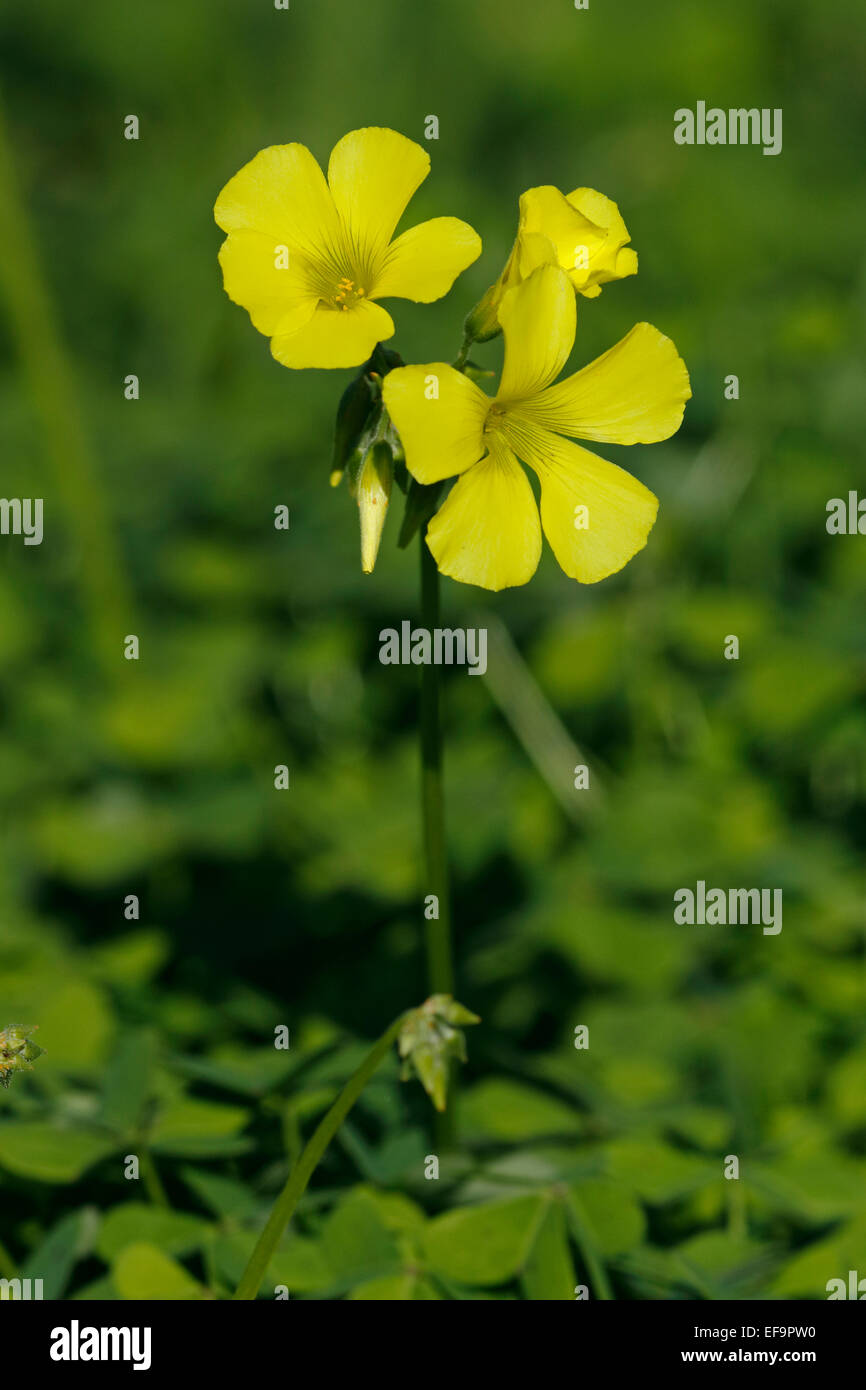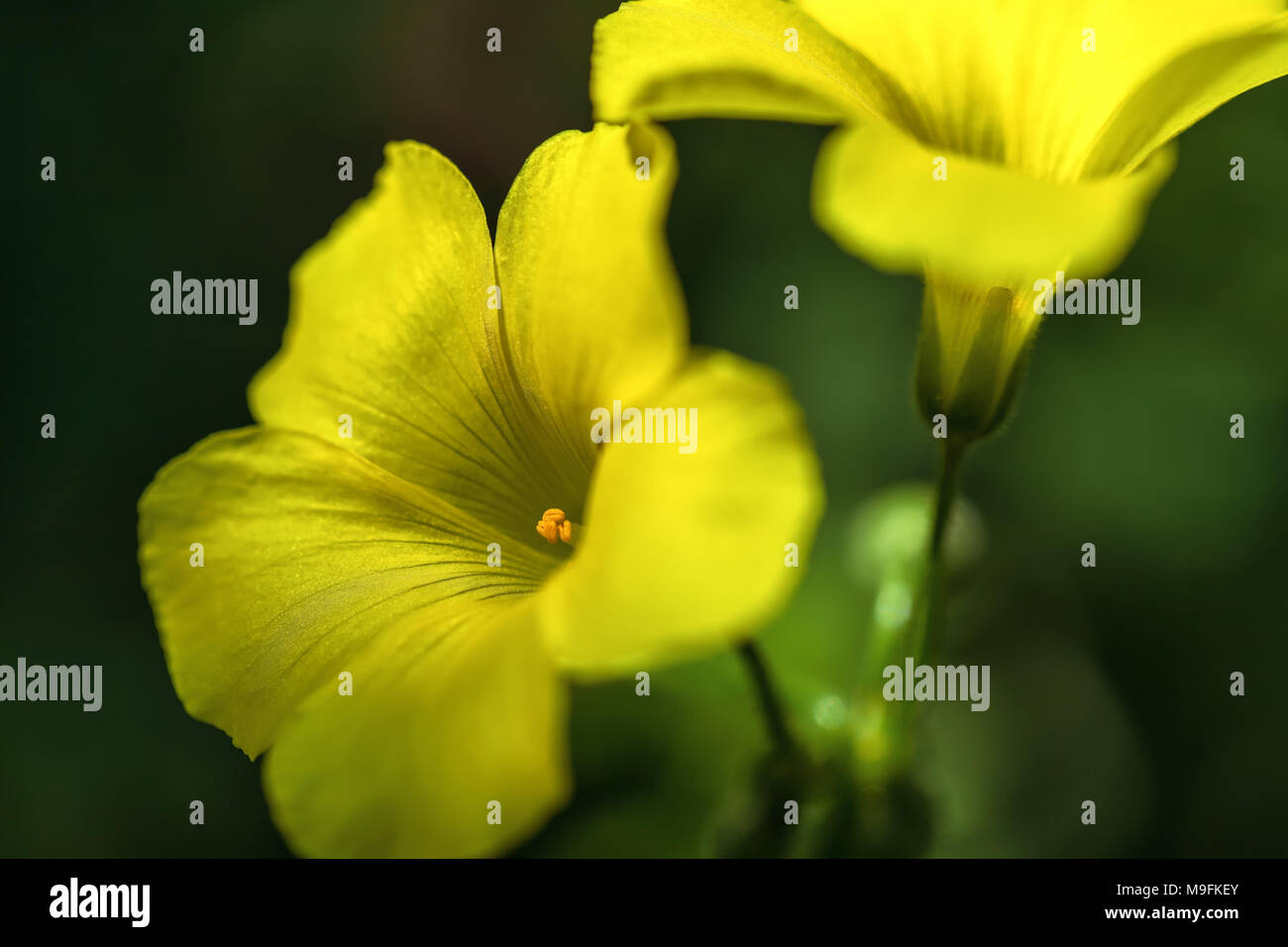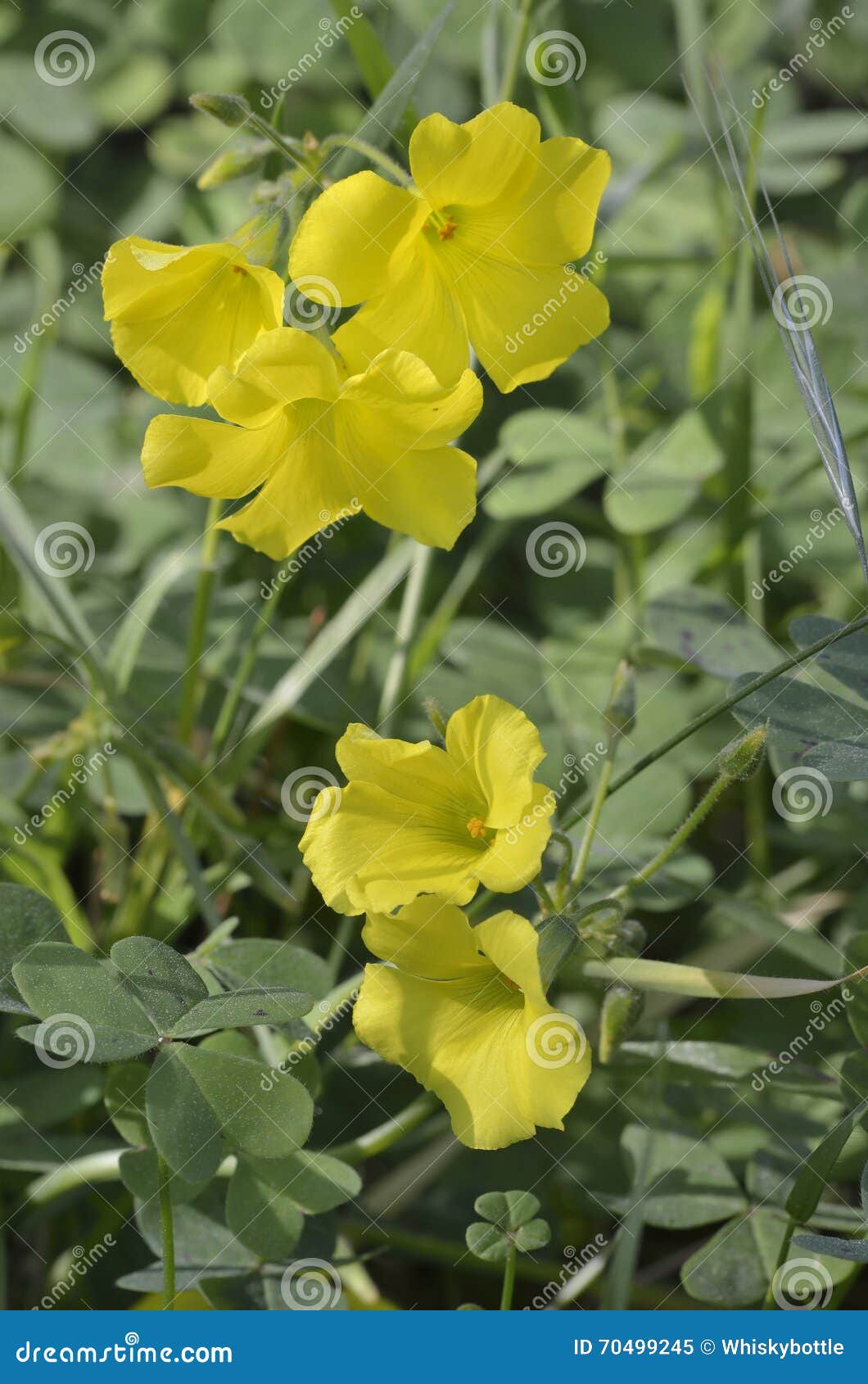

The general public doesn’t care where plants came from. She is best known for her multi-story murals celebrating the rebellious resilience of weeds. Mona is a Swiss artist who became a muralist in her adoptive hometown San Francisco, California. Click on the picture to see more murals by Mona Caron. The beauty and resilience of weeds Dandelion by Mona Caron.

I’ll be more careful in my review of the newsletter in the future (look more carefully at the photos). I somehow just overlooked that photo entirely. But I am a plant buff and review the newsletter and know the difference between a mustard and a native plant. I received this disappointing reply from the Sierra Club: “ The staffer who puts together our newsletter isn’t a plant buff and wouldn’t have known the difference. I hope this email is an indication that the Sierra Club is finally ready to reconsider this futile crusade.” The Sierra Club’s support for unnecessary and destructive eradication projects has been regrettable, particularly because they require the use of harmful herbicides. “I hope the use of this photo in this Sierra Club email to its members means that the Sierra Club is finally prepared to accept the reality of the presence of non-native plants in our public parks and open spaces. It is native to tropical regions of North Africa, temperate regions of Europe, and parts of Asia.’ Wikipedia “The plant in the foreground of your photograph appears to be Brassica nigra: ‘ Brassica nigra, or black mustard, is an annual plant cultivated for its black or dark brown seeds, which are commonly used as a spice. The yellow wildflower in the foreground is Black Mustard ( Brassica nigra). The most recent email featured a picture of a yellow wildflower in the foreground of a photograph of a Bay Area landscape: As a member of the Sierra Club, I receive emails alerting me to opportunities to advocate for the protection of the environment. Oxalis is not an isolated example of a non-native plant that is admired by the public, but hated by native plant advocates and public land managers who do their bidding. Ironically, this spraying of oxalis on Mount Davidson in San Francisco was taking place at the same time that tourists were admiring oxalis in a neighboring county. A crew of 5 men was hired to do the deed. The annual poisoning of oxalis on Mount Davidson was recently videotaped by Ron Proctor and published by the San Francisco Forest Alliance. It damages the soil by killing beneficial fungi and microbes, and it is toxic to many animals. Triclopyr is the active ingredient in the herbicide that is used on oxalis during its blooming season.Oxalis is called sour-grass because of its pleasant-tasting tang and it is often eaten by children.Oxalis is very useful to pollinators and its tuberous roots (bulbils) are eaten by ground dwelling animals such as gophers.It does not kill other plants, rather it co-exists briefly during its annual bloom. Oxalis blooms briefly in early spring and dies back before summer begins, leaving the ground to other plants.We invite you to visit it and we summarize it briefly here: That article about the many benefits of oxalis is one of the most popular articles on this blog it has been viewed by over 10,000 readers and many more on the SFFA website. San Francisco Forest Alliance (SFFA) published a brilliant article about this pointless and destructive crusade that was republished by Conservation Sense and Nonsense in 2015. San Francisco’s Recreation and Parks Department has been spraying oxalis in several public parks for over 15 years. Click on the picture to activate the videoĭespite its beauty and utility, oxalis is sprayed with one of the most toxic herbicides on the market in public parks and open spaces in the Bay Area. No one said anything about where the plant “belongs,” and no bad words were spoken about this useful plant that native plant advocates love to hate.

People were stopping along the road to admire the bright yellow blooms of spring and photograph them. The feel-good ending of the local news broadcast on Channel 7 (ABC) on February 17, 2021, featured this video of a huge field of oxalis (Bermuda buttercup, Oxalis pes-caprae) blooming on the roadside of Highway 1 in Santa Cruz County.


 0 kommentar(er)
0 kommentar(er)
